What the McDonald’s Hot Coffee Case Can Teach Us About Premises Liability Cases
If there is one pain many of us don’t want to experience, it’s the splash of scalding hot liquid coming in contact with our skin. Many people underestimate the damage that hot liquid can cause until it happens. One person who learned the hard way was a woman named Stella Liebeck.
Like many people do every day, Stella visited McDonald’s one morning and ordered a cup of coffee from the drive-thru. Little did she know that this incident would be the catalyst for one of the most famous personal injury cases in the United States.
This personal injury case concluded many years ago with much of the U.S. watching, but it can still teach us things about injury claims and working with a premise liability attorney.
The incident
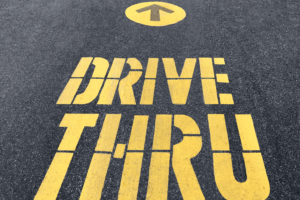 Liebeck was visiting a McDonald’s with her grandson in Albuquerque, New Mexico. After ordering the coffee, her grandson parked in a nearby parking spot where she could add cream and sugar to her coffee. She placed her coffee between her knees while she tried to add the other ingredients and accidentally spilled the liquid on her lap. While we all have probably had this situation happen before, we have not suffered third-degree burns once our drinks spill on us.
Liebeck was visiting a McDonald’s with her grandson in Albuquerque, New Mexico. After ordering the coffee, her grandson parked in a nearby parking spot where she could add cream and sugar to her coffee. She placed her coffee between her knees while she tried to add the other ingredients and accidentally spilled the liquid on her lap. While we all have probably had this situation happen before, we have not suffered third-degree burns once our drinks spill on us.
Liebeck’s Injuries
Liebeck’s injuries were so severe that she had skin graft surgery around her inner thighs and pelvic region. The coffee was so hot that it soaked through Liebeck’s cotton sweatpants, which held the scalding liquid against her skin. Liebeck had to remain in the hospital for eight days following the incident for her third-degree burns. Her injuries were so severe that she was partially disabled for two years and suffered permanent disfigurement.
Settling with Mc Donald’s
A 49-cent cup of coffee cost Liebeck $20,000 in economic damages. Her medical expenses for surgery totaled up to $10,500. She expected to pay future medical expenses of $2,500, and her daughter missed an income of $5,000 for taking time off to tend to her. How did McDonald’s respond to Liebeck’s claim? They offered her $800 as compensation.
Liebeck and her attorney attempted at least twice to settle the matter with McDonald’s out of court. Even after filing a lawsuit against the restaurant, Liebeck’s attorney offered to settle the claim for $300,000. A mediator also suggested settling the claim for $225,000 before the trial started. McDonald’s refused both offers, and the trial commenced.
During the trial, the attorneys reviewed McDonald’s history of serving hot coffee to hundreds of thousands of customers. The evidence revealed at least 700 previous cases where customers suffered severe injuries from hot coffee.
In the early 1990s, the company required its workers to serve coffee at a temperature that can cause severe burns within seconds. Indeed, the company’s manual stated that coffee had to be served at 180 to 190 degrees Fahrenheit. Any liquid served at that temperature can cause third-degree burns within three to seven seconds.
The trial also revealed that all McDonald’s managers were aware of the dangers that serving coffee at those temperatures can cause and continued to serve the coffee anyway. A company quality assurance manager testified that coffee served at that temperature was not fit enough to even serve in a Styrofoam cup and was guaranteed to burn a consumer’s mouth and throat. It became evident that the consumer’s safety was the least concern to the company. The number of other claims outside Liebeck’s proved a history of serious negligence towards the consumer.
Juror Reactions
The jurors in the trial concluded that the company was not taking Liebeck’s injuries seriously. McDonald’s not only chose to deliberately place a safety hazard in the hands of its consumers but failed to inform them of the potential safety hazard.
Managers who represented McDonald’s at trial admitted that there were no warnings to customers about the potential burning risks and no legitimate explanation for why they did not warn. One juror stated that the company’s negligence was so callous that it demonstrated a blatant disregard for the general public’s safety.
The facts against McDonald’s were so compelling that jurors overwhelmingly sided with Liebeck. The company’s actions were so egregious that the jury awarded nearly $3 million in punitive damages to Liebeck, the largest amount awarded in a personal injury case at that time. The jury decided to award Liebeck punitive damages due to the company’s coffee revenues over two days. In addition to punitive damages, the jury awarded Liebeck $200,000 in compensatory damages.
The court ultimately reduced Liebeck’s compensation. The judge decided to reduce the punitive damages to $480,000. Both the company and Liebeck appealed the court’s decision but ultimately decided to settle out of court for an undisclosed amount. Liebeck’s compensatory damages also decreased to $160,000 due to comparative fault issues.
Premises Liability and How It Applies to A Hot Coffee Case
Many legal professionals use the McDonald’s hot coffee case as an example of a product liability case gone wrong. However, you can also use this case to warn parties about premises liability.
Premises liability is a legal concept that holds owners of public and private properties liable when a visitor suffers injuries on their premises. This legal concept arises from the requirement that property owners owe every visitor on their property a specific duty of care. Property owners are responsible for keeping visitors from suffering preventable harm due to specific hazards on their property.
Visitor Status
The specific duty of care that a property owner owes a visitor comes from the visitor’s status.
A visitor can fall under these classifications:
- Invitees. An invitee is a visitor with the property owner’s permission to enter the premises. When it comes to a homeowner, the homeowner’s friends, neighbors, and relatives will be considered an invitee.
- Licensees. A licensee is a visitor that has permission to enter the premises but does so for their own purposes. Contractors, salespersons, and shoppers will be considered licensees.
- Trespassers. A trespasser is a visitor that does not have the property owner’s permission to enter the premises.
The property owner owes each type of visitor a different level of care. Property owners owe invitees the highest duty of care among the three classifications when they frequent their premises. While property owners do owe a duty of care to licensees, it is not as comprehensive as the duty of care owed to invitees. For example, property owners must warn licensees of any potential hazards they may be unable to notice on their own. Of the three classifications, property owners owe the least duty of care to trespassers.
Removing Safety Hazards
Regardless of the different levels of care, property owners have one primary responsibility to all visitors: to remove safety hazards from the premises. If there are safety hazards that property owners cannot remove for whatever reason, it is up to property owners to warn all visitors of the hazards. When property owners fail to adequately warn visitors of dangerous hazards, they can be responsible when they suffer an injury.
In the case of the McDonald’s hot coffee case, the company deliberately failed to inform customers about the temperature of the hot coffee and the potential risks of burn injuries.
Although workers and managers were aware of the potential risks for injuries, they did not properly warn consumers of how hot the coffee actually can be. While the company argued that the labels on coffee cups served as an adequate warning, the plaintiffs argued that the instructions on the label were too small for consumers to notice. They also argued that the staff might have informed customers verbally of the coffee’s temperature but chose not to.
Similarly, a small unnoticeable or unreadable warning will not protect a business from liability for a hazard-related injury in a premises liability case.
Control of Property
Another lesson from the McDonald’s hot coffee case is how important it is for property owners to maintain a safe and hazard-free environment. Because property owners have control over their premises’ maintenance, they can ensure that their property remains safe for all visitors to enjoy.
McDonald’s had similar control and duties. The company’s manual enforced the temperature at which each coffee should be served to a customer. A quality assurance manager might have reviewed the manual and argued for setting the temperature to a safer degree. McDonald’s staff members might have taken greater precautions in warning customers to be careful when picking up their coffees. There was a lack of regard for the consumer’s safety from the top of the company down.
Another factor against McDonald’s in the hot coffee case was the ridiculous number of hot coffee incidents in the past. There is no way to prove that McDonald’s did everything possible to prevent a safety hazard when hundreds of other hot coffee incidents exist. The only difference between those incidents and Stella Liebeck’s is that most of those injured victims settled out of court for a smaller amount.
Another critical difference between Liebeck’s incident and other hot coffee incidents is the nature of Liebeck’s injuries. Even though the company’s manual states that the coffee’s degree can cause third-degree burns, it is an entirely different experience to see visual proof of those injuries. Jurors on the hot coffee case saw pictures of Liebeck’s third-degree burns and the damage to her skin. The injuries were so severe that she required skin graft surgery. Many people who initially hear the case do not believe that spilled coffee can result in these types of injuries.
Similarly, many people underestimate the injuries that can result from a slip and fall, which is the most common premises liability accident. Slip and falls might seem like minor accidents, but they can result in life-changing injuries like broken hips and brain injuries.
Proving Premises Liability
For a property owner to be liable under premises liability, the plaintiff must prove:
- The defendant owned, leased, or occupied the property. The plaintiff must prove that the defendant owned or occupied the property, whether the defendant is a homeowner, landlord, or business owner. Owning or leasing the property will prove that the defendant had a duty of care to routinely inspect the property and ensure that the property remained in a reasonably safe condition.
- The defendant was negligent in their use of the property. Through this element, the plaintiff must prove that the defendant failed to exhibit their duty of care to the plaintiff. You can establish this element if the defendant failed to warn visitors about any safety hazards on their premises that visitors might have known about or not. You can also prove this element if the defendant was unaware of safety hazards they should have known about if the defendant conducted routine inspections.
- The breach of duty of care harmed the plaintiff. This element must establish the specific harm caused by the defendant’s act of negligence. Liebeck’s third-degree burns prove this element in the McDonald’s hot coffee case.
- The defendant’s negligence was a direct cause of the plaintiff’s damages. This element must prove how the defendant’s negligent actions directly caused the plaintiff to experience harm. In the McDonald’s hot coffee case, the plaintiff can prove this element by the company’s failure to warn Liebeck of how hot her coffee actually was.
After the Case
The McDonald’s hot coffee case has sparked a mixed reaction from the public. Many people unfamiliar with the facts consider it a frivolous lawsuit, although it opened the door for a discussion of safe temperatures for serving coffee. To add insult to injury, McDonald’s did not change their coffee temperature following the verdict.
It also demonstrated that juries will hold companies accountable for large sums of money when they carelessly injure customers. This applies to premises liability cases, as well, as this is a highly common type of claim against companies for personal injuries.
If you suffered injuries due to the negligence of a business, contact a personal injury lawyer as soon as possible.
Free Consultation
We Are Here For You 24/7
Reviews
– Elissa M.
“Really pleased with Boohoff Law! Received immediate responses when I had any questions. Treated amazingly by all staff … made this process a true breeze!”
– Caitlyn M.
– Brandy K.
Related Posts
Steps to Take After a Drunk Driver Hits Your Vehicle in Seattle
What Compensation Can You Claim for Severe Burn Injuries
What to Do After Being Injured in a Parking Lot Accident in Seattle
Recovery is personal.
We’re here for you.
You're better off with Boohoff.
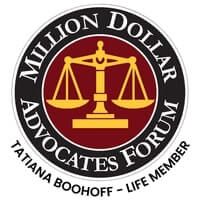

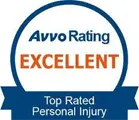
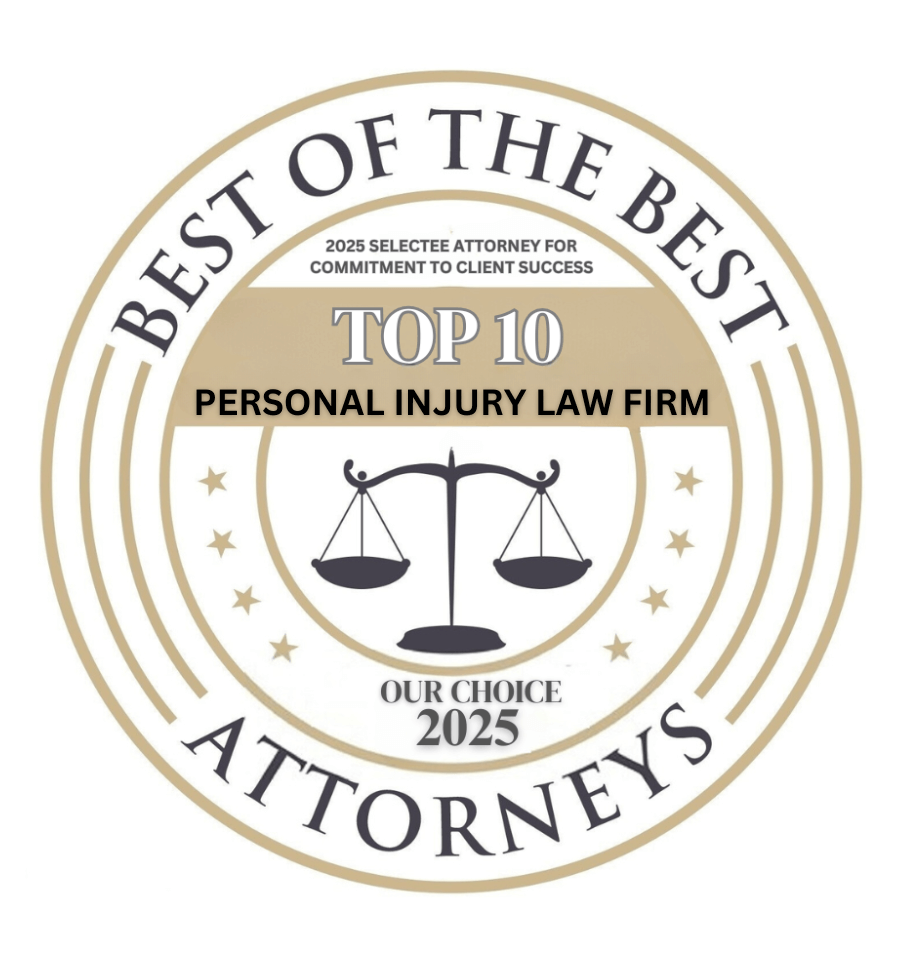
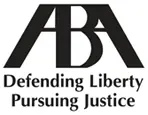
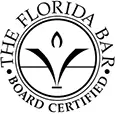
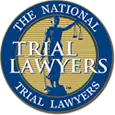
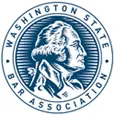
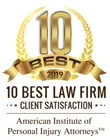


The information on this website is for general information purposes only. Nothing on this site should be taken as legal advice for any individual case or situation. This information is not intended to create, and receipt or viewing does not constitute, an attorney-client relationship.
available 24/7
(877) 999-9999
